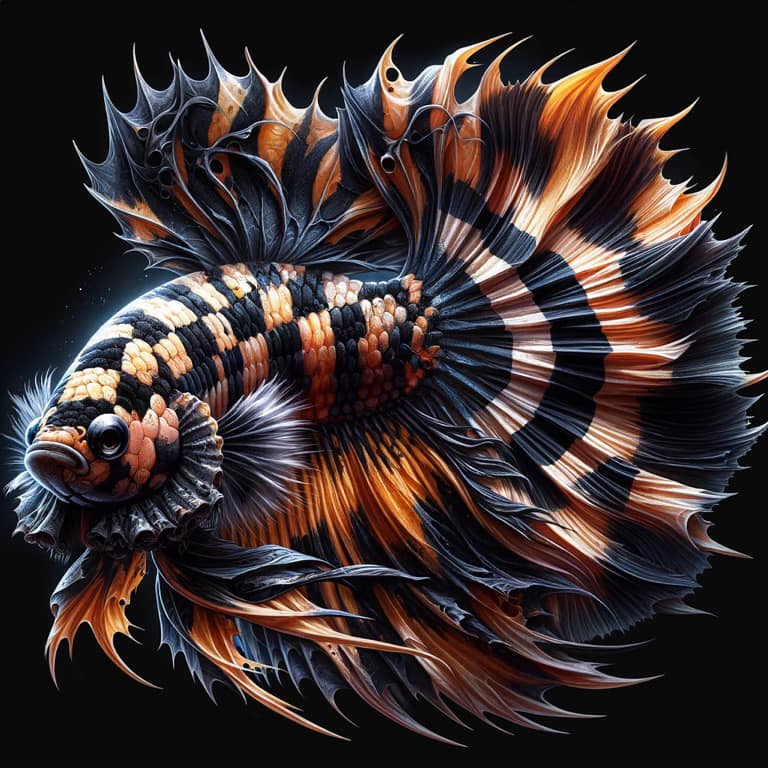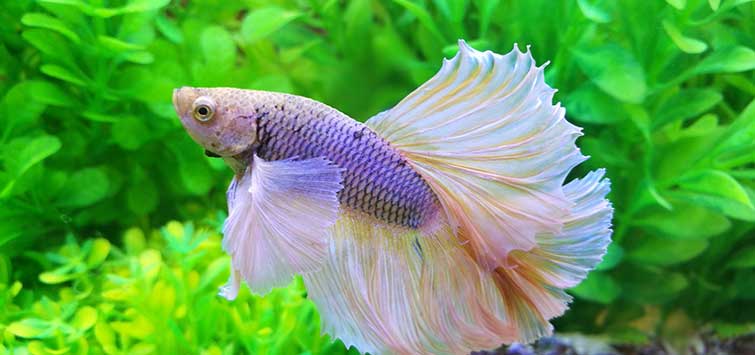Reproducing Betta Fish: a Comprehensive Step-By-Step Guide to Effectively Raising Child Bettas From Eggs to Their Adult Years
Breeding Betta fish is a careful undertaking that calls for mindful planning and execution to guarantee the successful advancement of fry from eggs to develop fish. As the male Betta vigilantly constructs a bubble nest and guards the valuable eggs, the succeeding stages of treatment and transition demand focus to detail and expertise of finest practices.

Picking Reproduction Pairs
When getting started on the trip of breeding Betta fish, selecting the appropriate reproduction pairs is essential to achieving preferable qualities and a healthy and balanced lineage - betta fish. The very first step in this process is to recognize the certain attributes you want to enhance or protect, such as color, fin kind, and body shape. It is vital to select genetically diverse sets to avoid inbreeding, which can cause health concerns and undesirable features
Assess possible breeding prospects thoroughly. A healthy and balanced male Betta ought to show dynamic shades, an active temperament, and well-formed fins, while the woman needs to also show vibrant pigmentation and a rounded belly, showing readiness for spawning. Observing the character of both fish is essential, as hostile or extremely timid people may not reproduce successfully.
Paperwork of family tree is similarly essential. Maintaining records of the moms and dad fish's ancestry can help you track hereditary attributes and possible issues. Furthermore, consult reputable dog breeders or on-line resources for assistance on choosing suitable sets. Inevitably, investing time in the selection process will substantially boost the likelihood of producing strong, vibrant children that satisfy your breeding goals (betta fish).

Preparing the Breeding Tank
Creating an optimum reproduction environment is a key step after picking ideal sets for Betta fish. The breeding tank must be particularly developed to offer convenience and promote the natural reproduction habits of the fish. Begin with a tank size of at the very least 10 gallons to make sure appropriate room for both the man and women Bettas.
Maintain a mild filtering system to maintain the water clean while staying clear of strong currents that can emphasize the fish. Additionally, an air stone can be contributed to offer oxygenation without interfering with the water surface way too much.
Temperature guideline is important; aim for a steady variety of 78-82 ° F(25-28 ° C) using a trustworthy heater. The pH level need to be maintained between 6.5 and 7.5, and normal water adjustments are required to make sure high water high quality.
Include floating plants or spawning sponges to develop concealing spots for the woman, while additionally encouraging bubble nest building by the male - betta fish. Lastly, make certain the tank is without sharp designs and any kind of potential risks, as the welfare of the fish must constantly be focused on throughout this crucial stage of reproduction.
The Reproduction Refine
Commonly, the reproducing procedure for Betta fish entails a collection of distinctive and visible actions that show preparedness for recreation. The male Betta starts by developing a bubble nest at the water's surface area, which functions as a site for the fertilized eggs. This nest is important, as it gives a secure setting for the eggs up until they hatch.
Once the nest is established, the man will certainly present courtship actions, such as flaring his fins and showing vibrant shades to bring in the lady. The lady, upon sensing the male's readiness, will certainly respond by displaying vertical stripes along her body, signifying her receptiveness.
The fed eggs then drop to the bubble nest, where the male thoroughly accumulates and returns them to the nest. Following this, the male presumes responsibility for safeguarding the nest and guaranteeing the safety and security of the eggs up until they hatch out, usually within 24-36 hours.
Caring for Betta Fry
Taking care of Betta fry requires cautious attention to their atmosphere and nutrition to make sure healthy and balanced growth and growth. After hatching, Betta fry are exceptionally little and at risk, necessitating a secure and clean environment. Maintaining a water temperature in between 78 ° F this article and 80 ° F is important, as Betta fry thrive in warm problems. Additionally, make certain that the water is without harmful contaminants; routine water adjustments of 10-20% are recommended to keep ideal water quality.
Feeding Betta fry is similarly essential. Feed them little quantities a number of times a day, being cautious not to overfeed, which can lead to water high quality problems.
Transitioning to Adult Bettas
As Betta fry mature, transitioning them to adult Bettas is an important stage that calls for mindful monitoring of their setting and social communications. This process normally starts when the fry get to around 6 weeks of age, at which point they can be slowly presented to a more organized living atmosphere.
To promote this change, it is necessary to make certain that the water parameters-- such as temperature, pH, and ammonia degrees-- are optimum and stable. Grown-up Betta fish flourish in cozy water (around 78-80 ° F) with a pH of 6.5 to 7.5. Gradually accommodate the go now fry to these conditions to decrease tension.
Social communications are another vital aspect; male Bettas are infamously territorial and hostile. It is recommended to different males into private containers as they mature. Female Bettas can be housed with each other, but care must be required to keep track of for indications of aggressiveness.
Additionally, dietary changes should be made as the fry grow. Integrate high-quality pellets and live foods to support their growth and wellness. By managing these aspects properly, you can advertise a successful shift to adulthood for your Betta fish.

Final Thought
Effective breeding of Betta fish requires careful focus to information throughout the entire procedure, from choosing genetically diverse pairs to providing optimum take care of fry. By making sure appropriate breeding problems and keeping water high quality, the possibility of healthy spawn boosts substantially. Furthermore, a balanced diet regimen and progressive adaptation to grown-up atmospheres are vital for the growth and growth you can try these out of Betta fish. Complying with these steps faithfully promotes a flourishing populace of Betta fish, improving both their health and vigor.